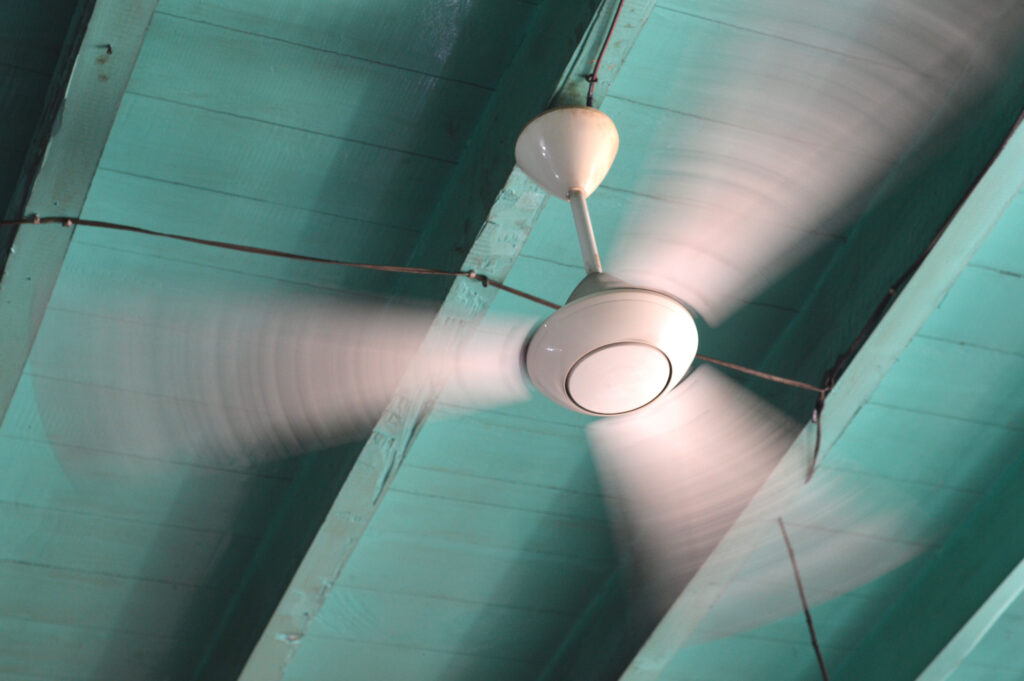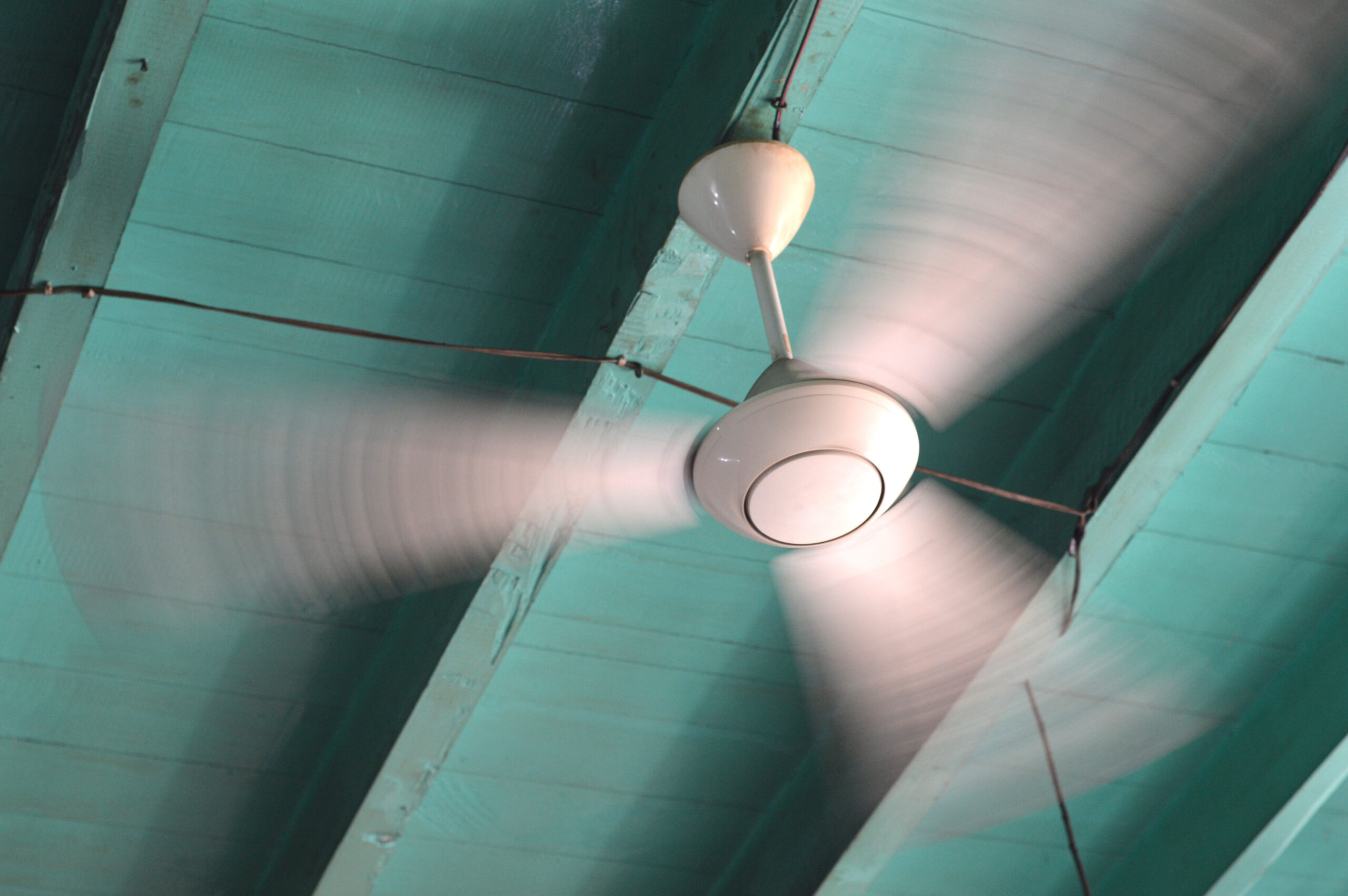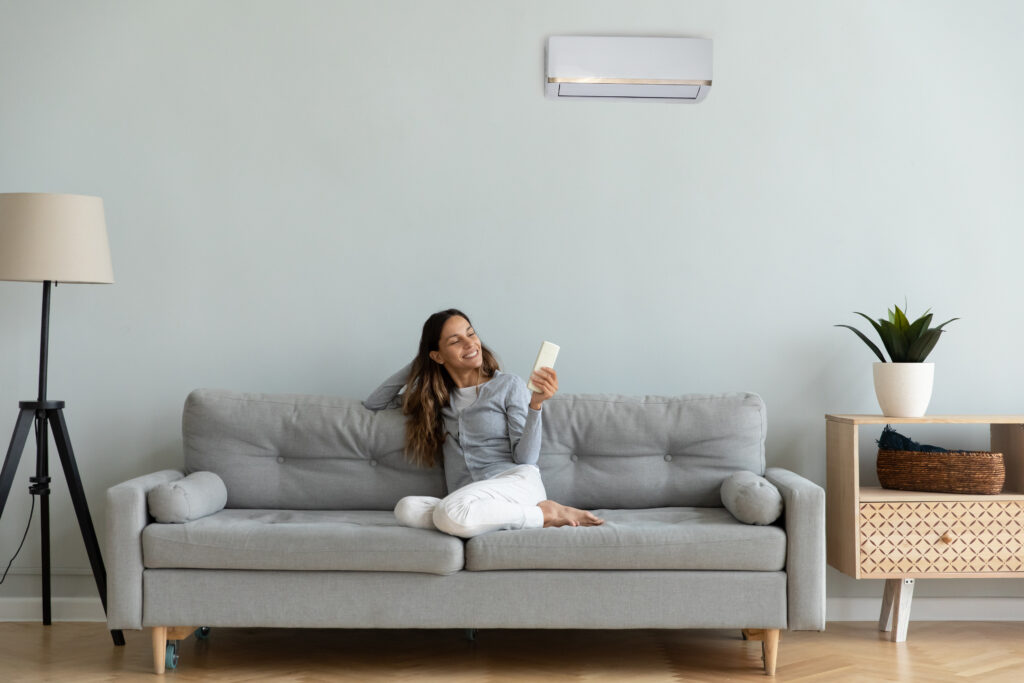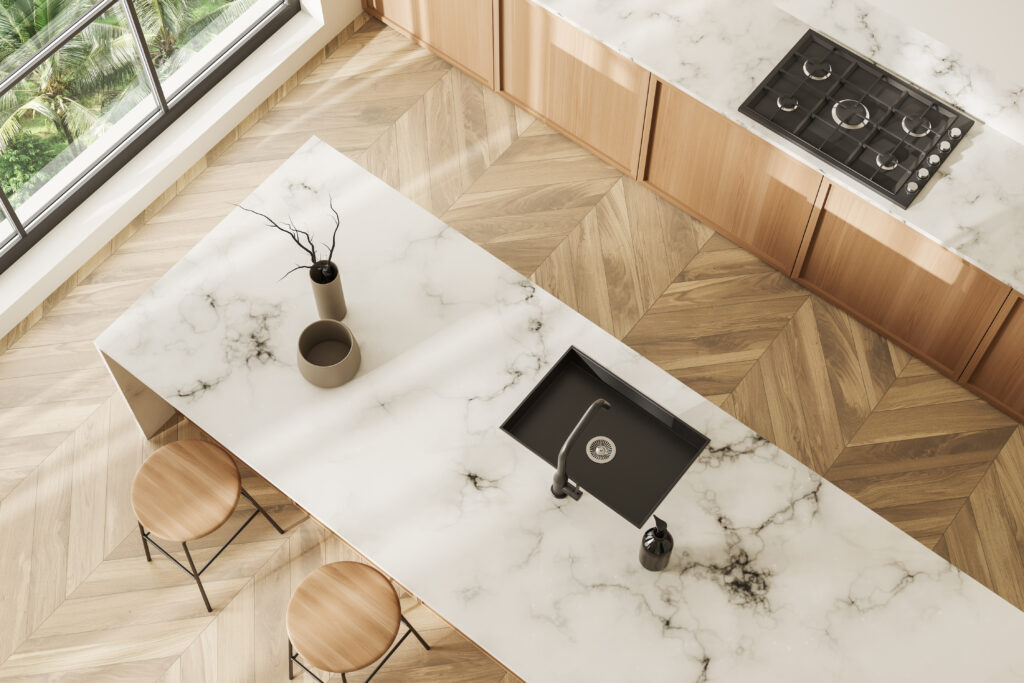Which Way Should a Ceiling Fan Spin to Keep Your Home Cool?
It’s one of those questions that pops into your head when you’re standing under your ceiling fan on a summer afternoon, drenched in sweat, wondering if anything is even happening up there. Spoiler alert: direction matters. A lot. Whether you’re trying to cool down your living room or make your bedroom a breezy sleep haven, knowing which way your fan should spin is the key. And hey, if you’re already thinking about energy efficiency and system longevity, this tiny tweak can play a surprisingly big role. So, let’s break it down without overcomplicating things.
Understanding Ceiling Fan Direction: It’s Not Just About Spinning Blades
The average ceiling fan has two direction settings: clockwise and counterclockwise. Sounds simple enough, but each direction serves a specific function. In the summer (yeah, we’re talking about staying cool today), your fan should spin counterclockwise. When your fan spins this way, it pushes cool air down, creating a chill wind-like breeze. Not like “open-all-the-windows-during-a-storm” kind of breeze, but enough to cool your skin and make the air feel up to 8 degrees cooler. The good news? It doesn’t change the room temperature—it just helps you feel cooler. Which means you can raise your AC a couple of degrees and save some bucks.
How Does a Ceiling Fan Actually Work?
Alright, so here’s the breakdown. A ceiling fan doesn’t actually cool the air in the room—it cools *you*. Think of it like this: The fan creates airflow that accelerates the evaporation of moisture (aka sweat) from our skin. That evaporation process is what cools us off. So, if no one’s in the room, turn the fan off—it’s not helping the furniture feel cooler. Also, during the summer, you want to ensure your fan blades are tilted correctly and spinning counterclockwise at a higher speed. The air should blow directly down, not suck it up.
Common Mistakes Homeowners Make with Ceiling Fans
This one’s sneakily frustrating. Lots of homeowners either forget to change the fan direction seasonally—or never knew it mattered in the first place. Totally fair, it’s not exactly printed in bold letters on the light switch. Another biggie? Running the fan in an empty room. We just covered that fans cool people, not air. Leaving it on when no one’s home? That’s just spinning dollars down the drain. Also, grime build-up can slow blade movement. Dirty fans don’t just miss the breeze—they can also strain the motor, shorting your fan’s lifespan. Gross and inefficient. Double no.
Finding and Flipping the Fan Direction Switch
Okay, this part often feels trickier than it should be. The direction switch is usually on the side of the motor housing. You’ll probably need a ladder (ugh, we know), and maybe a flashlight to get a good look. In summer, flip it so the blades spin counterclockwise when you look up. You can confirm this by standing directly beneath the fan—if you feel air pushing straight down on you, you did it. If it’s barely there or feels like the air is being sucked up, flip it back. And yes, always make the switch when the fan is completely off. No sense in inviting disaster.
Benefits of Using a Ceiling Fan Strategically with Your HVAC System
Here’s where things get interesting. Pairing your ceiling fan with your HVAC system can boost energy efficiency. When it’s hot, using your fan allows you to bump the AC up a few degrees. That may not sound like much, but over time, it reduces the load on your cooling system—and that means lower energy bills and less wear and tear. A fan working correctly in tandem with your HVAC also distributes the cooling more evenly. No more “this side of the room is freezing, but that corner is sweltering” kind of situation. And for homeowners thinking long-term? Fewer HVAC repairs. That’s a big win.
Signs Your Ceiling Fan Might Be Doing More Harm Than Good
Not all fans are created equal, and unfortunately, not all fans are working properly. If the fan’s wobbling, making noise, or the switch doesn’t seem to change anything, it could be doing more harm than help. Worn-out motors and imbalance issues not only lower efficiency—they can also cause safety hazards. If your fan is older or looks like it came from a ‘70s garage sale, you might be better off replacing it entirely. Oh, and if the switch doesn’t work, you could be stuck in winter mode all summer. Time to bust out the ladder—or call in backup.
Protect Your Home’s Systems with Confidence—Here’s Where Armadillo Comes In
So, to wrap this up: ceiling fans are low-effort, high-reward tools when used correctly. All it takes is a quick switch flip and a little airflow logic to turn a standard room into your personal summer retreat. But fans are just one (small but mighty) piece of your home’s comfort puzzle. What happens when your HVAC breaks down right in the middle of a heat wave—or your ceiling fan motor dies without warning? That’s where Armadillo steps in. With Armadillo’s home warranty plans, you get reliable protection for your home systems—fans, HVAC, appliances, the whole deal. You’ll save money, dodge headaches, and hey, avoid sweating the small stuff.
Head over to armadillo.one to learn more, or dive right in and customize your coverage at our Plan Builder. We’ve got your back—and your breeze.


























